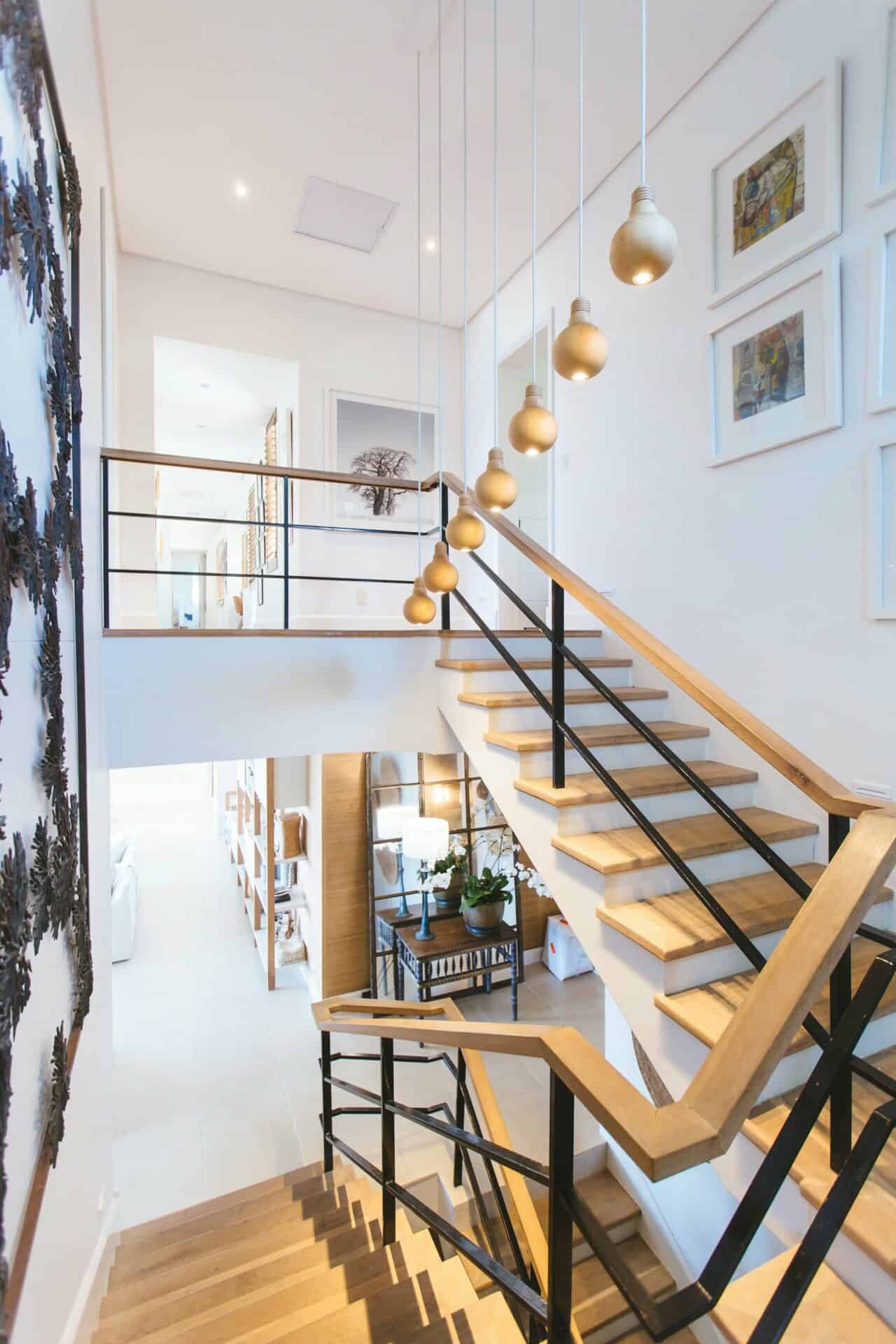The low value pool deduction is a clever strategy that lots of property investors don’t realise they can take advantage of come tax time.
So what can you do to make sure that you can keep more money in your pocket? Well, using low value pool deductions, you can depreciate the value of your assets at an accelerated rate. You have the potential to depreciate the bulk of your assets’ value within 3 to 4 years as opposed to the ATO’s prescribed effective life.
Sound too good to be true? You do need to follow some rules in the first year compared with the following years to take advantage of the low value pool deduction, but it’s not too hard to follow. By being aware of the rules, you can make the most of the low value pool deduction and your assets.
In this article, we’ll go through how low value pooling works, the rules around it, and how you can take advantage of it this financial year.
What is Tax Depreciation?
It’s important to take a step back and make sure you understand just what tax depreciation is.
Tax depreciation is the wear and tear that happens to your assets as they get older. As this happens, the value of your possessions decreases.
When we’re looking at property investment, your assets are referred to as either Plant and Equipment or Capital Works. The wear and tear that happens to your plant and equipment or building in your investment property are referred to as tax depreciation.
So, How Does Low Value Pooling Work?
The depreciation of certain low cost and low value assets can be calculated by putting them into a ‘low value pool’ and then depreciating the assets at a set annual rate.
The two types of assets that can be placed into a low value pool to claim as a low value pool deduction are:
- A low cost asset:
- A depreciating asset that costs less than $1,000 (after GST credits or adjustments) at the end of the financial year in which the asset started to be used.
- A low value asset:
- Is not a low cost asset
- Has an open adjustable value of less than $1,000 (using the diminishing value method)
Once you’ve identified your low cost and low value assets, you can start allocating them into a low value pool. After this is done, you must pool all of your other new low cost assets from that financial year.
But, when it comes to your low value assets, you can decide if you want to automatically add these into your pool or add them in on an asset-by-asset basis.
Make sure that you keep in mind that once an asset is added into the pool, it must stay there.
What Can I Claim as a Low Value Pool Deduction?
You CAN claim the following assets as a low value pool deduction:
- Assets used in your work as an employee, or
- Assets you use to gain rental income
You CANNOT claim the following assets as a low value pool deduction:
- Assets that you previously used the prime cost method on to claim deductions
- Assets that cost $300 or less (you can claim these as an immediate deduction)
- Assets that have had amounts deducted from them under the simplified depreciation rules for small business entities
- Horticultural plants
- Assets that have their primary use in your employment if it was provided, paid for, or partially reimbursed by your employer. Excluded from these circumstances are:
- Portable electronic devices (think laptops, mobile phones, portable printers, etc.)
- Computer software
- Protective clothing
- A tool of your trade
When you are allocating assets into your low value pool, the states that you need to make a reasonable estimate of the percentage that the asset will be used to make your assessable income over its effective life (in the case of a low cost asset) or its remaining effective life (for a low value asset).
Using this estimate, you can work out the for the asset. This is essentially a reasonable estimate, as a percentage, of the amount of use of your asset for a taxable purpose.
Example:
Lucy has bought a new printer for her home-based business that costs $899.
As the purchase price was less than $1,000, it’s considered a low cost asset. Lucy has allocated this to the low value pool and evaluated that the printer has an effective life of three years.
Lucy intends to use the printer 80% for taxable purposes in the first year that she has it, 70% in the second, and 60% in the third. A reasonable estimate of the printer’s taxable use percentage would be the average of the estimates. In this case, Lucy’s printer estimate is 70%.
What Is the Low Value Pool Depreciation Rate?
According to the ATO, to calculate the depreciation on the assets in your low value pool, you will need to keep in mind when you acquired each asset.
In the first year that an asset is acquired and allocated to the low value pool, its low value pool deduction can be calculated at a rate of 18.75%.
This rate applies regardless of when within the year you allocated the asset into the pool.
Every year after that, you calculate the depreciation of your assets at an annual rate of 37.5%.
If you have been using the diminishing value method for an asset in a previous tax year and the value of the asset has fallen below $1,000, then this low value asset can be moved over to your low value pool and immediately be depreciated at a rate of 37.5%.
Example:
In 2018-19, Mario allocated several low cost assets into a low value pool for his investment property. This means that Mario automatically had to allocate his couch to the low value pool as it was a low cost asset.
During 2019-20, Mario bought a new couch for $950.
Mario estimated that the couch would be used for 70% taxable purposes. Therefore, he allocated 70% of the couch’s cost to the low value pool, which is $665.
At the end of 2018-19, the closing balance of Mario’s low value pool was $4,000. In 2019-2020, the new couch was the only asset added to the pool.
Mario’s deduction for the decline in value of the assets in his low value pool is $1624.69, worked out as follows:
| 18.75% of the taxable use percentage of the cost of the couch allocated to the pool in 2019-2020 (18.75% x $665 = $124.69) | $124.69 + |
| Plus 37.5% of the closing balance of the pool in 2018-19 (37.5% x $4,000 = $1,500) | $1,500 |
| Total = | $1,624.69 |
Low Value Pool Deduction Key Takeaways
By making the most of low value pools, you can maximise your deductions at tax time and increase the dollars in your pocket at a faster rate than traditional depreciation rates.
When you’re making use of the low value pool deduction, make sure that you keep in mind whether your assets are either low cost or low value assets, and how that impacts their depreciation potential.
The low value pool deduction can be complex. Especially when you’re dealing with lots of moving pieces. That’s why it pays to get in touch with and work closely with an experienced Quantity Surveyor and accountant who can maximise your tax return.
To found out just how much you can take advantage of low value pooling, get in touch with us at Duo Tax Quantity Surveyors to order yourself a tax depreciation schedule.

Ready to get started?
Talk to one of our friendly property experts to get a free quote or more Information.










